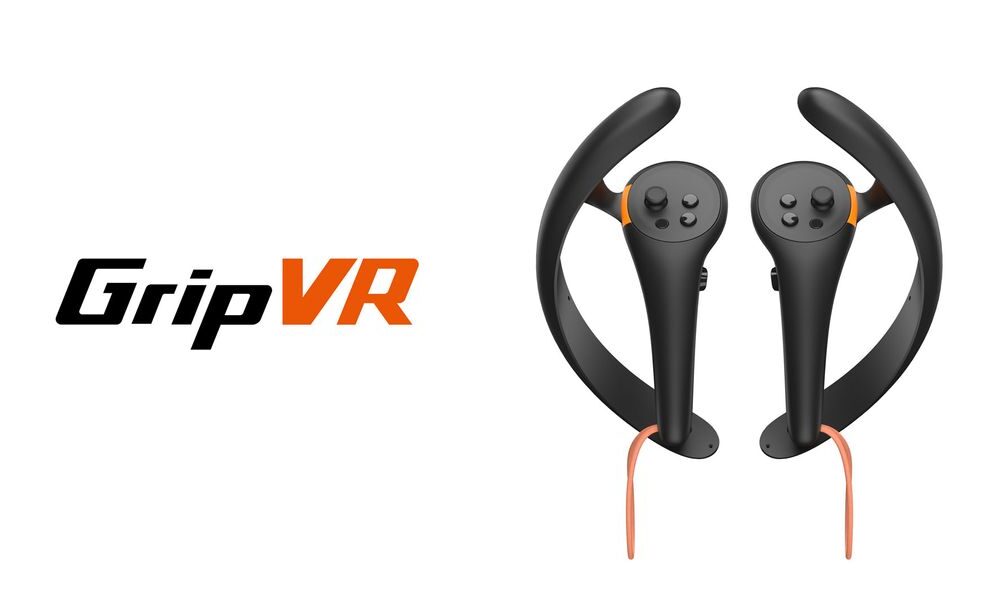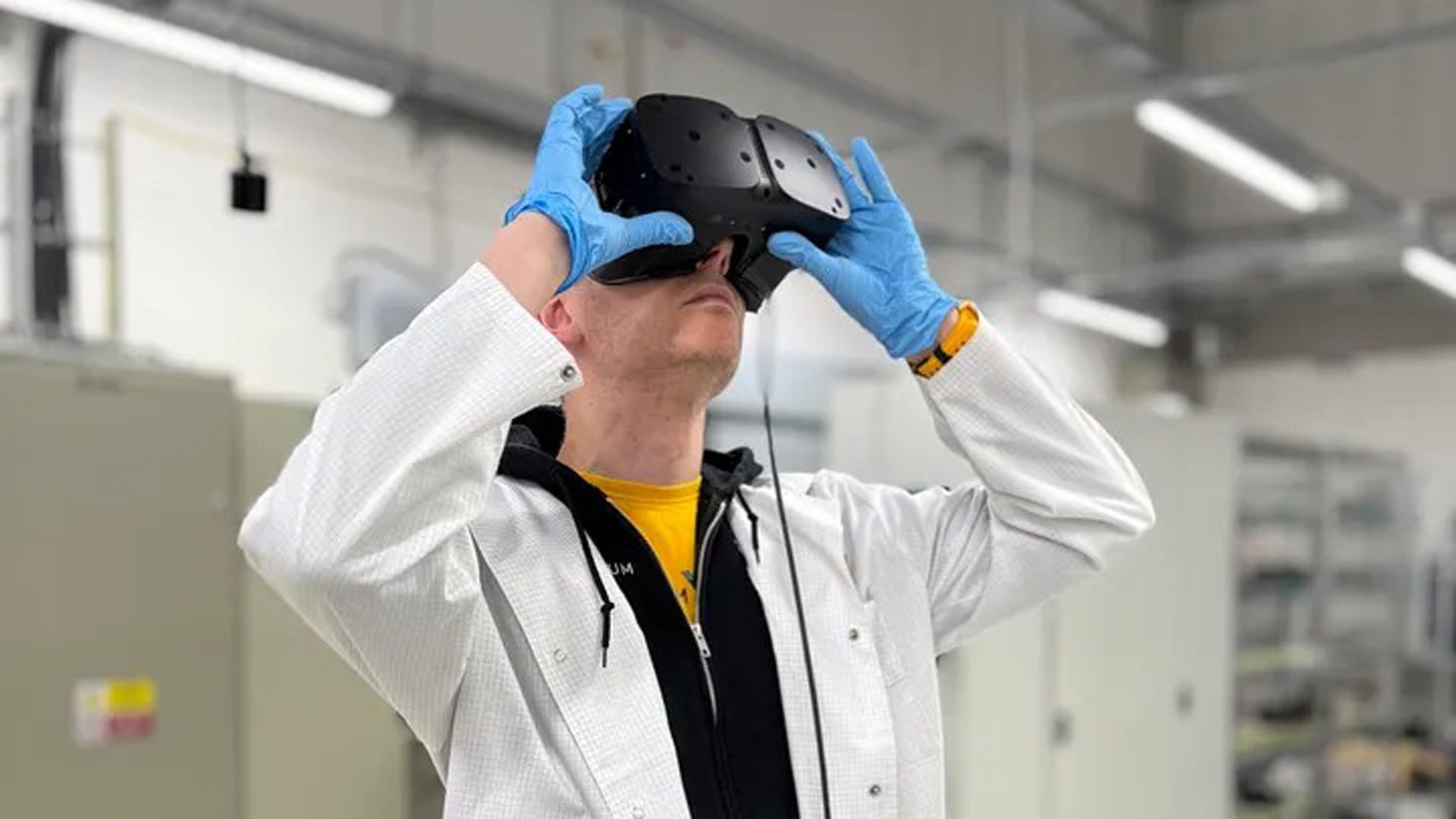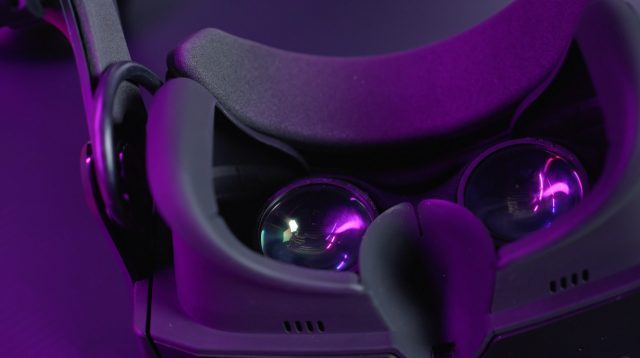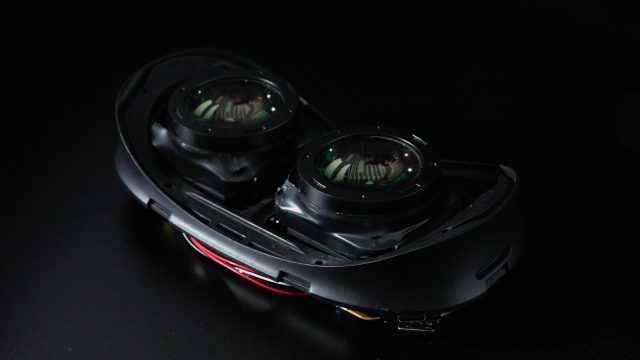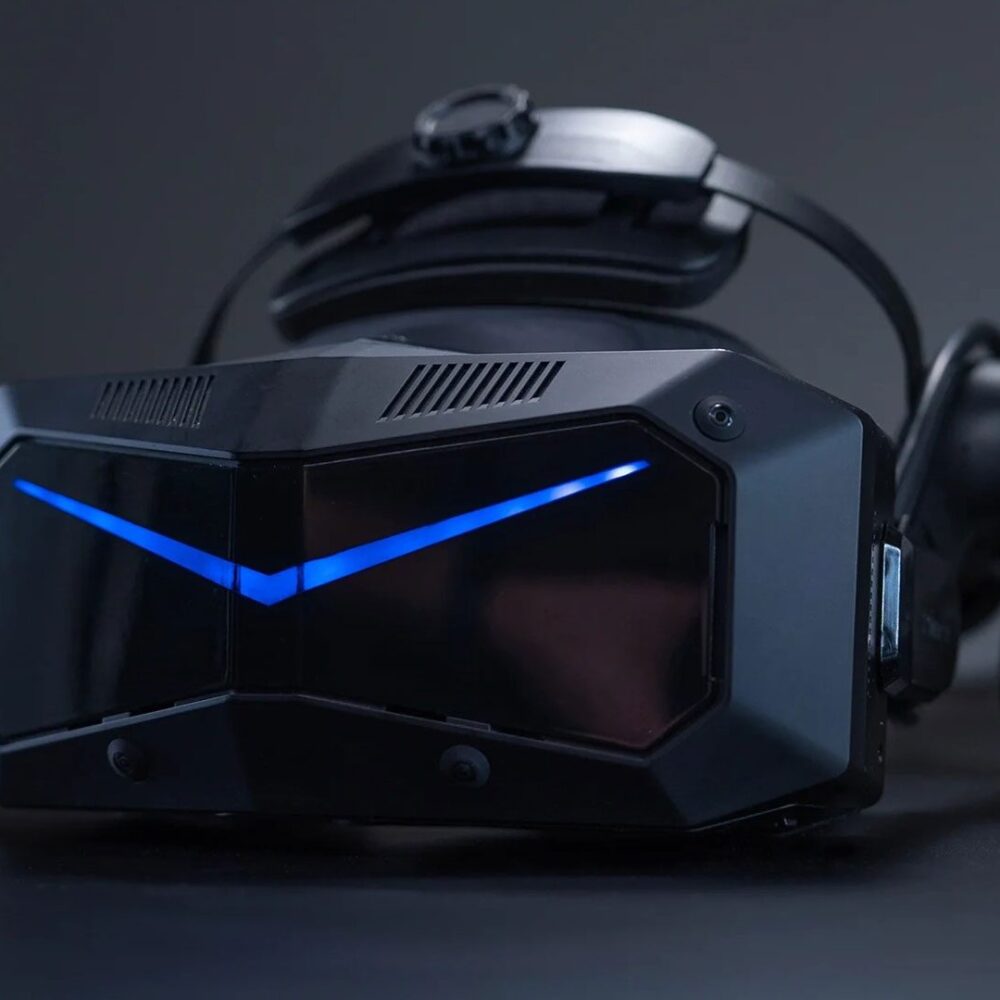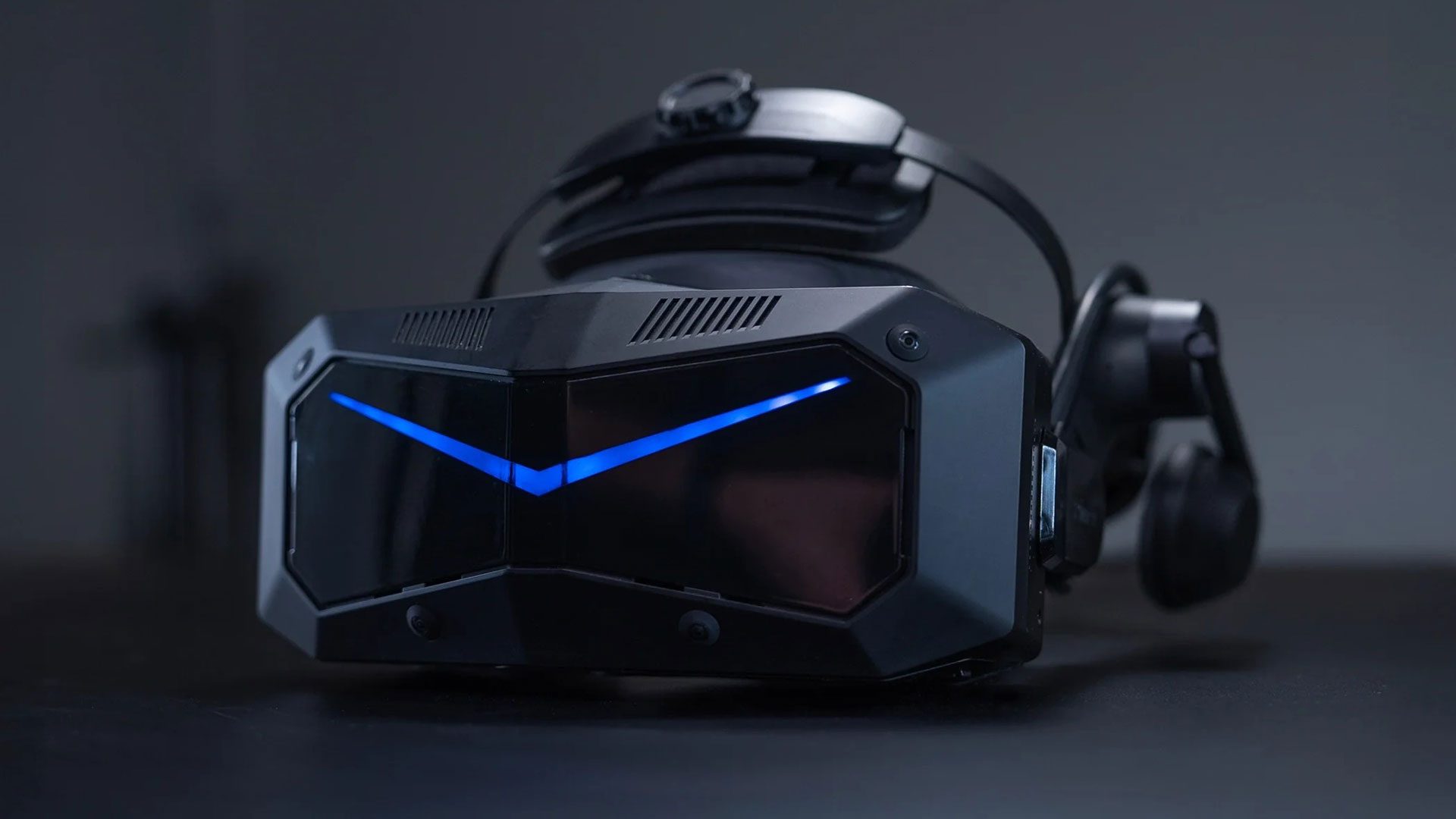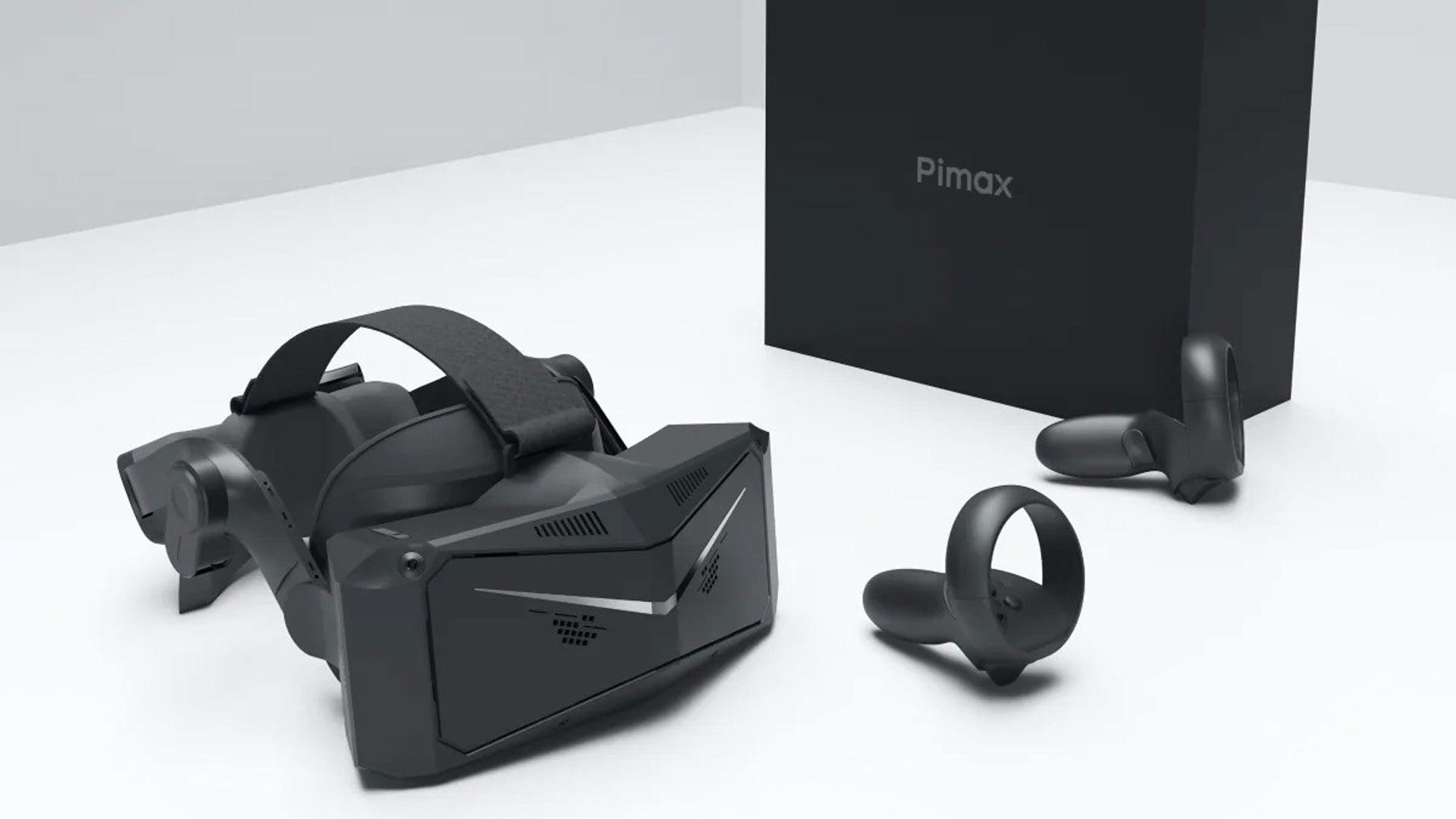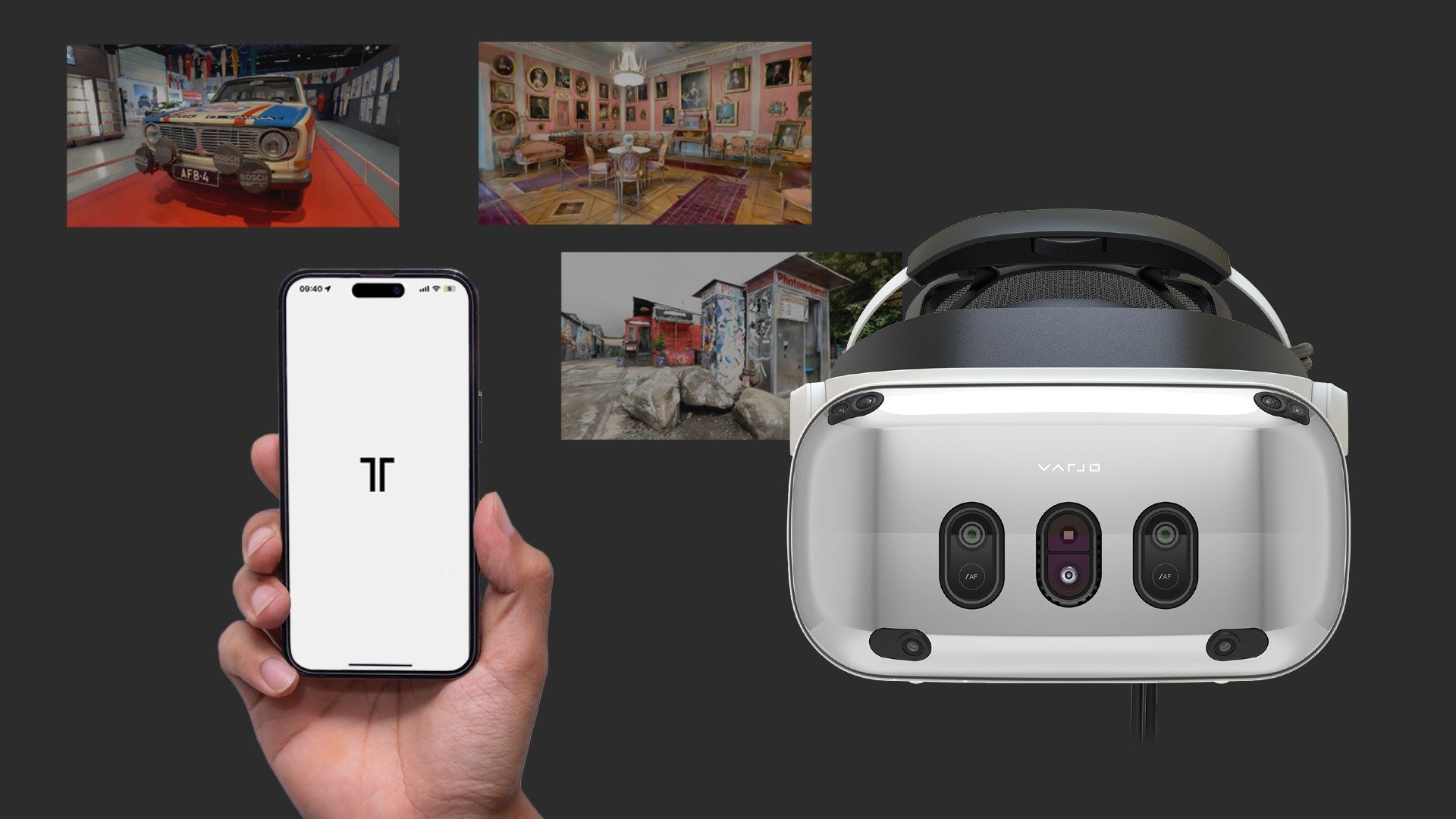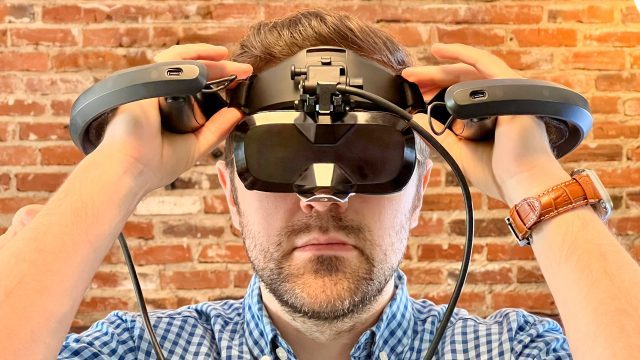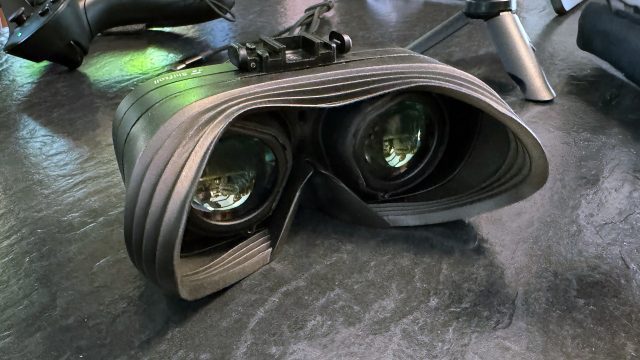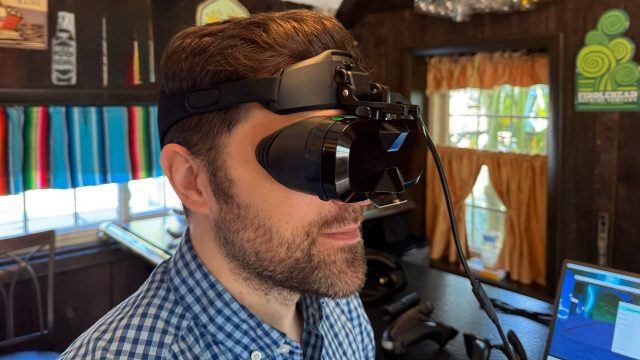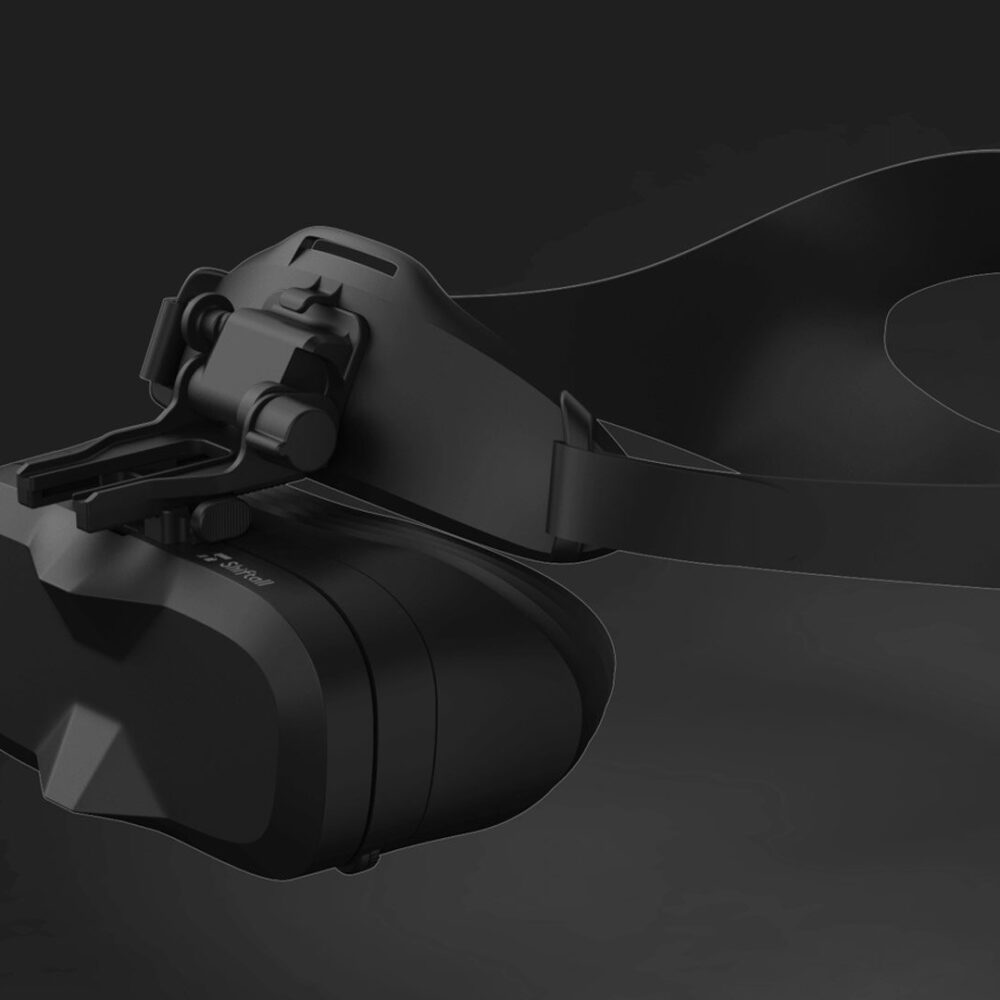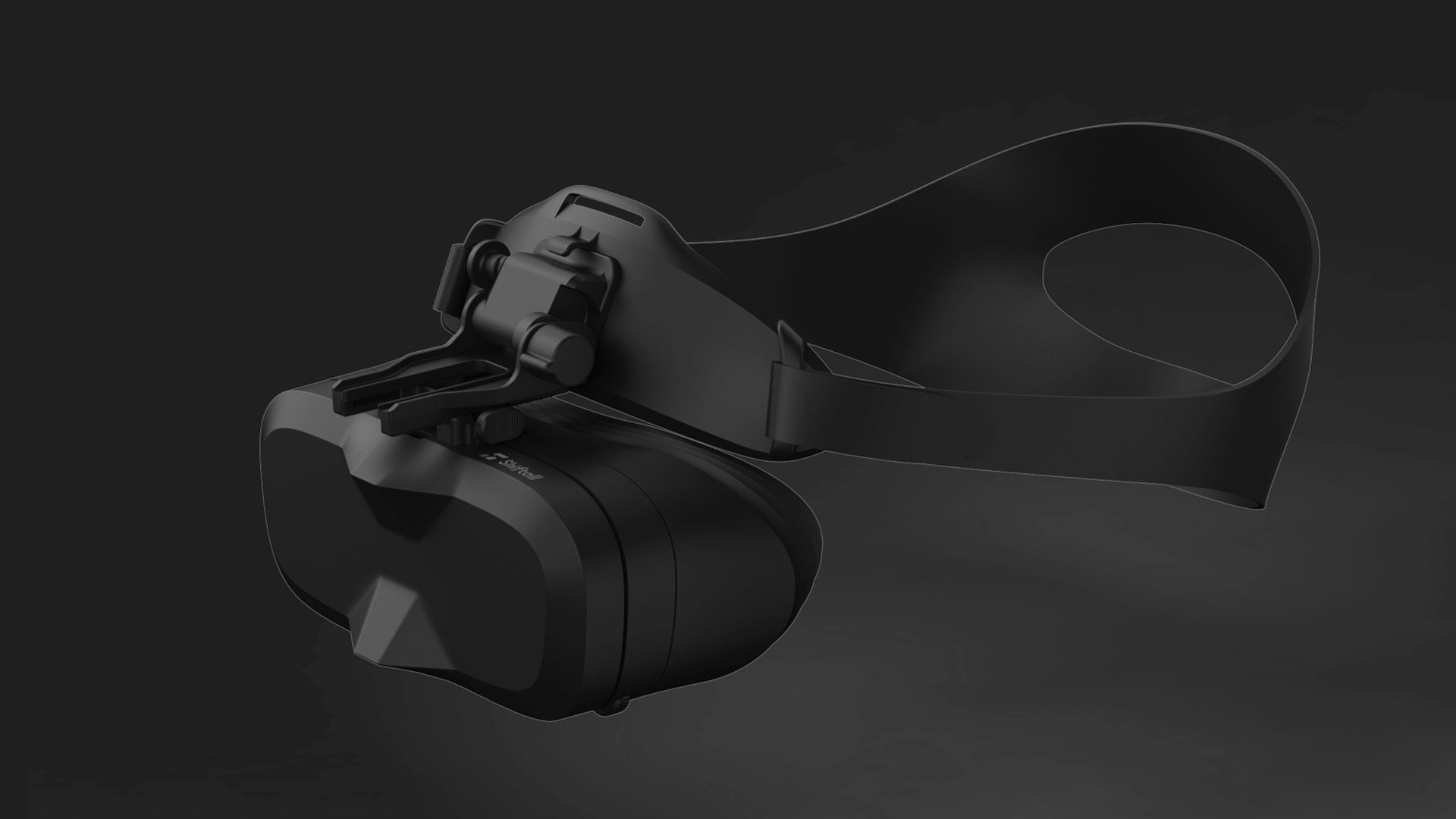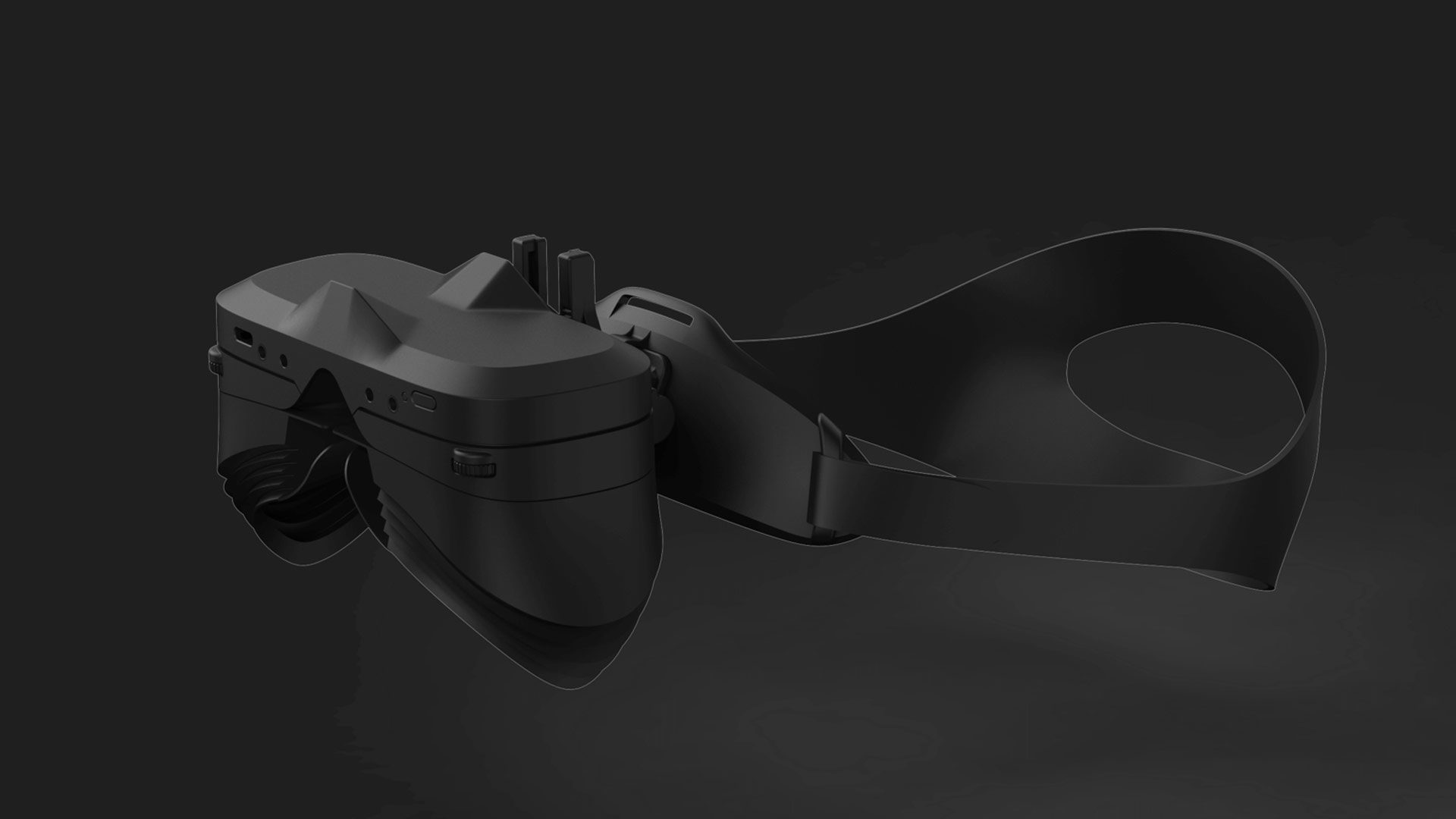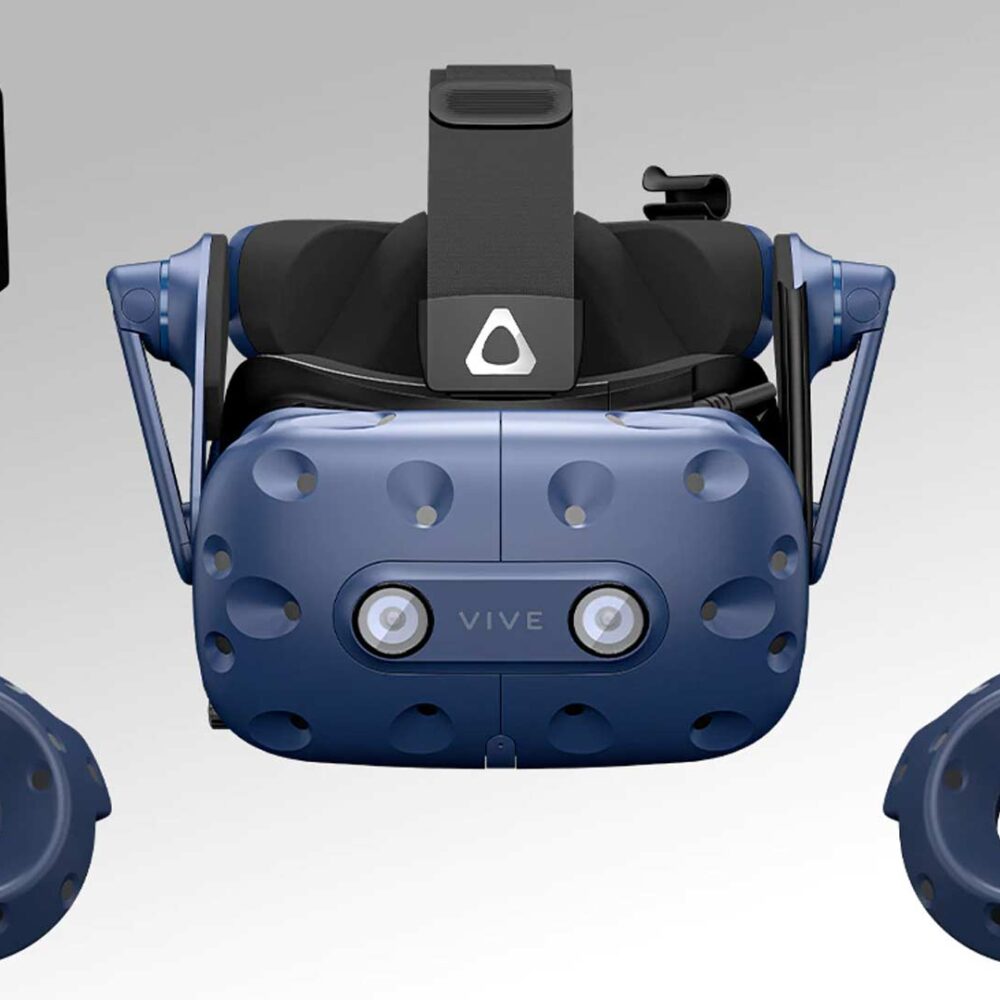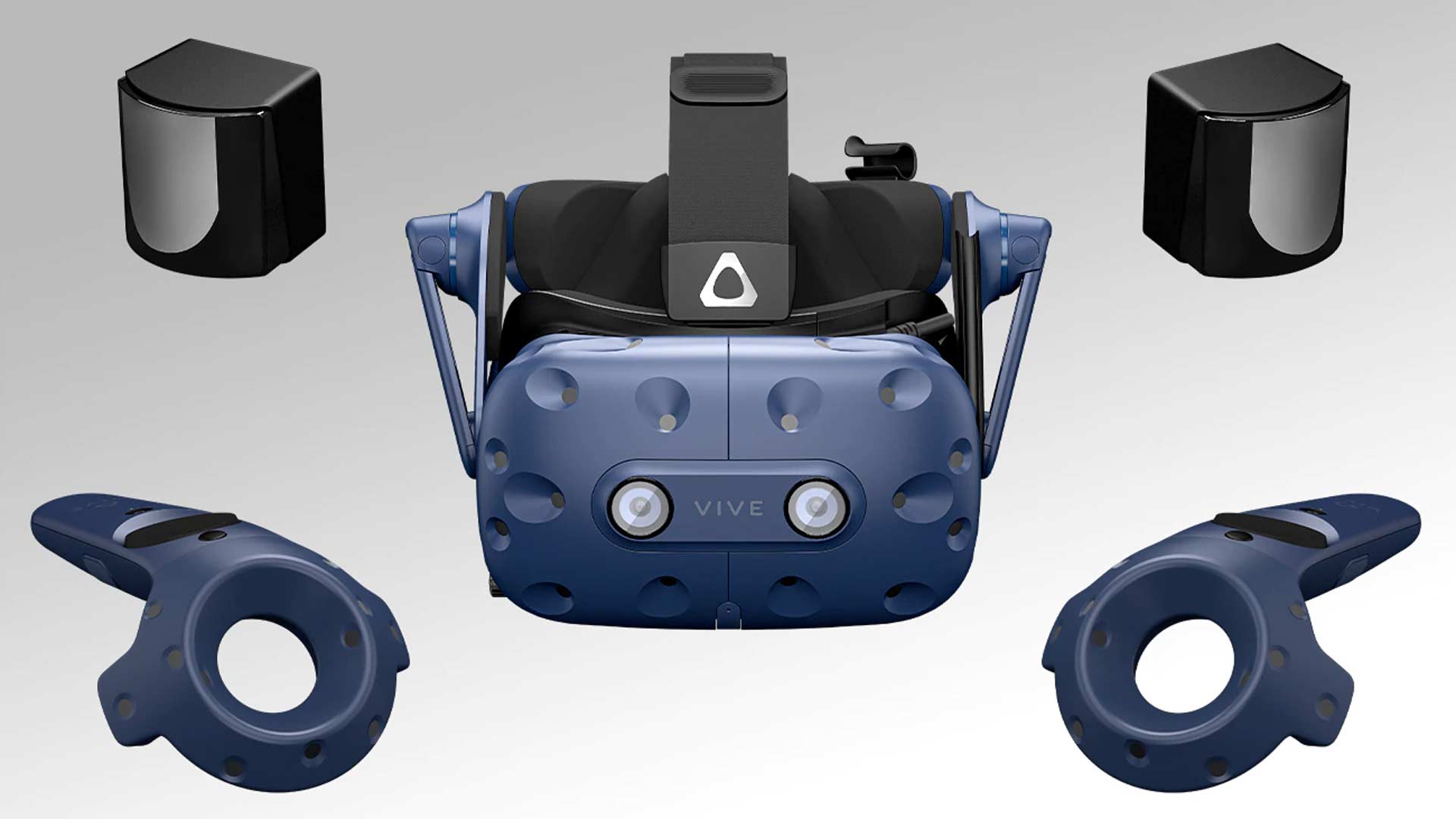Shiftall, the Japan-based creators behind MeganeX PC VR headsets, announced two new VR controller accessories at CES 2025—a SteamVR-compatible controller for PC VR, and a unique add-on to Quest Touch controllers that give users a scroll wheel and extra buttons.
GripVR
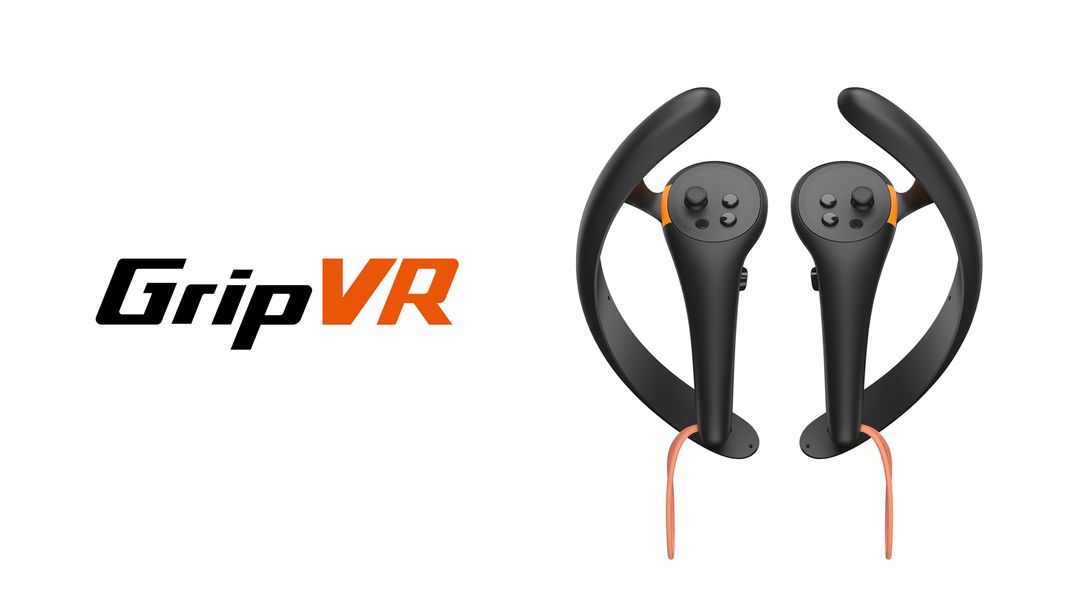
Shiftall is bringing out its own standard PC VR controller, called GripVR. Designed for SteamVR Tracking systems (1.0, 2.0), GripVR follows a standard button layout, featuring AB/XY input buttons, pressable joysticks, triggers, and grips—all of which are said to feature capacitive touch sensors.
GripVR is said to offer an eight-hour battery life, rechargeable via its USB Type-C port. Like all SteamVR tracked accessories, it’s set to be compatible with various SteamVR headsets, such as Valve Index, HTC Vive, as well as the company’s MeganeX superlight “8K”.
Shiftall’s GripVR is targeting launch sometime this summer at the estimated price of $299-$399.
AddCon

Shiftall also announced AddCon, a unique aftermarket attachment for the left-hand Touch controllers of Quest 3/3S/Pro. The device adds a wheel and buttons to extend the functionality of the controller, which presumably makes it easier to deal with 2D UI elements as well as VRChat specific controls.
Notably, AddCon also includes a shift function via an embedded capacitive sensor on the pinky finger rest, enabling users to toggle between different sets of commands.
Shift all says AddCon is intended for users who require additional control options for VR applications, such as adjusting camera settings or managing avatar functions in VRChat. The controller add-on is said to support over 14 assignable inputs and can be configured using a dedicated PC application, the latter of which can also function as an OSC command transmission device for standalone VRChat setups, Shiftall says.
AddCon connects to Quest over Bluetooth LE or GX6/GX2 dongle, and charges over it’s USB Type-C port. Like GripVR, Add on is targeting a summer 2025 release, priced however at $69 for the single left-hand Touch accessory.
This follows last year’s announcement of it’s latest MeganeX superlight “8K” PC VR headset, which is slated to ship in early 2025, priced at $1,899. As the latest MeganeX, the SteamVR-compatible headset boasts a slim and light profile, and dual 4K high-resolution OLED panels.
